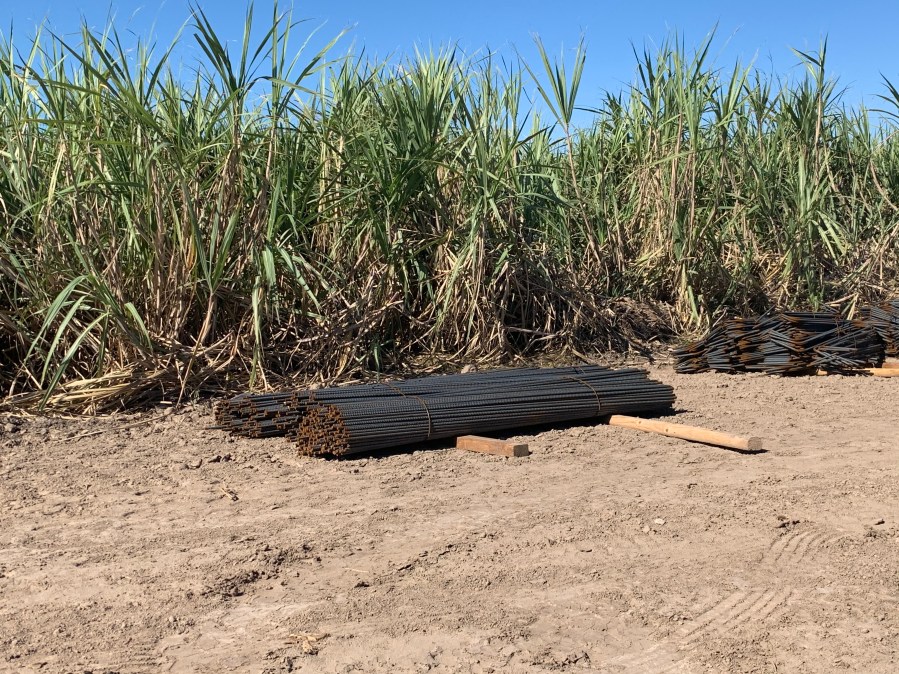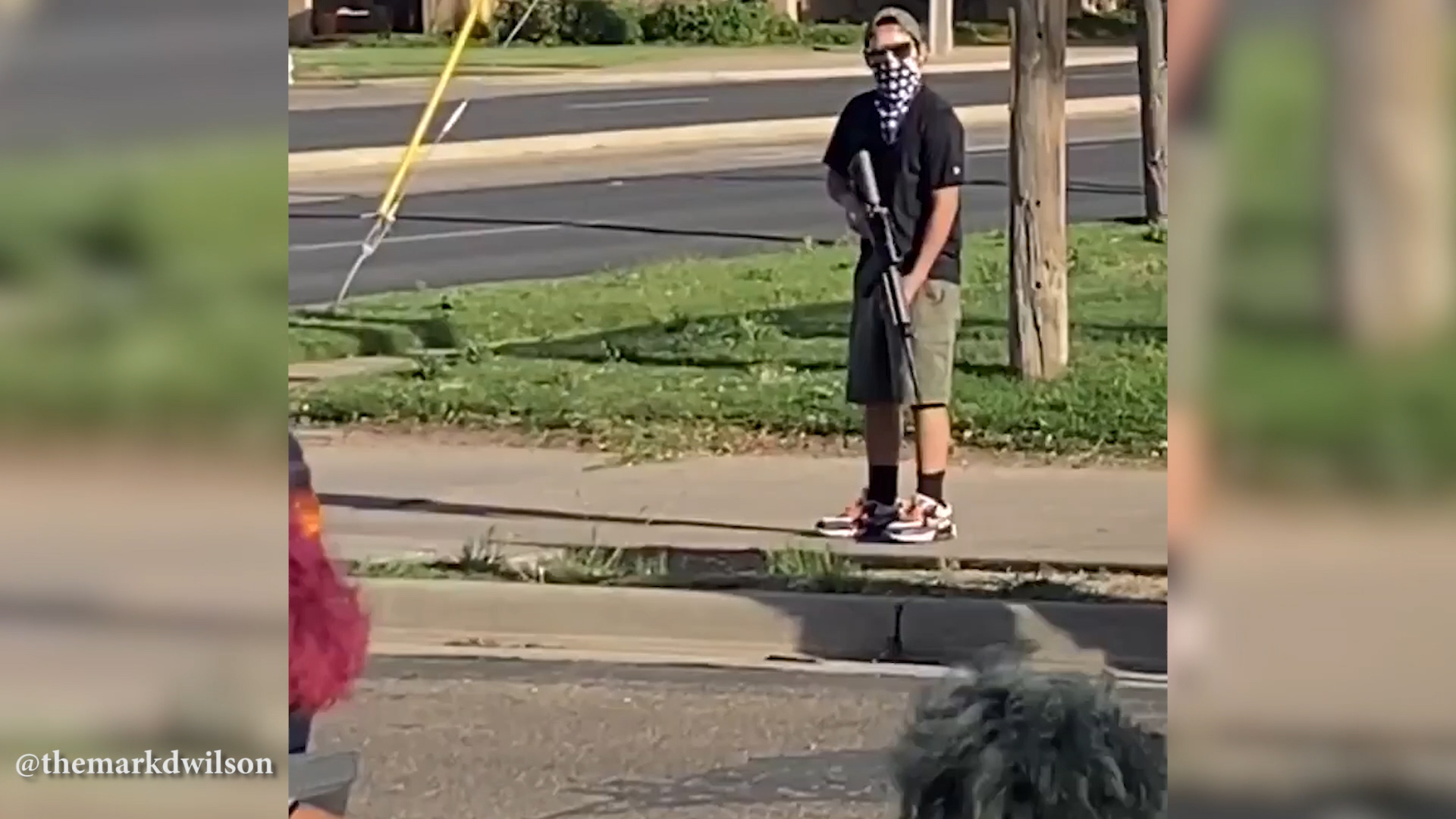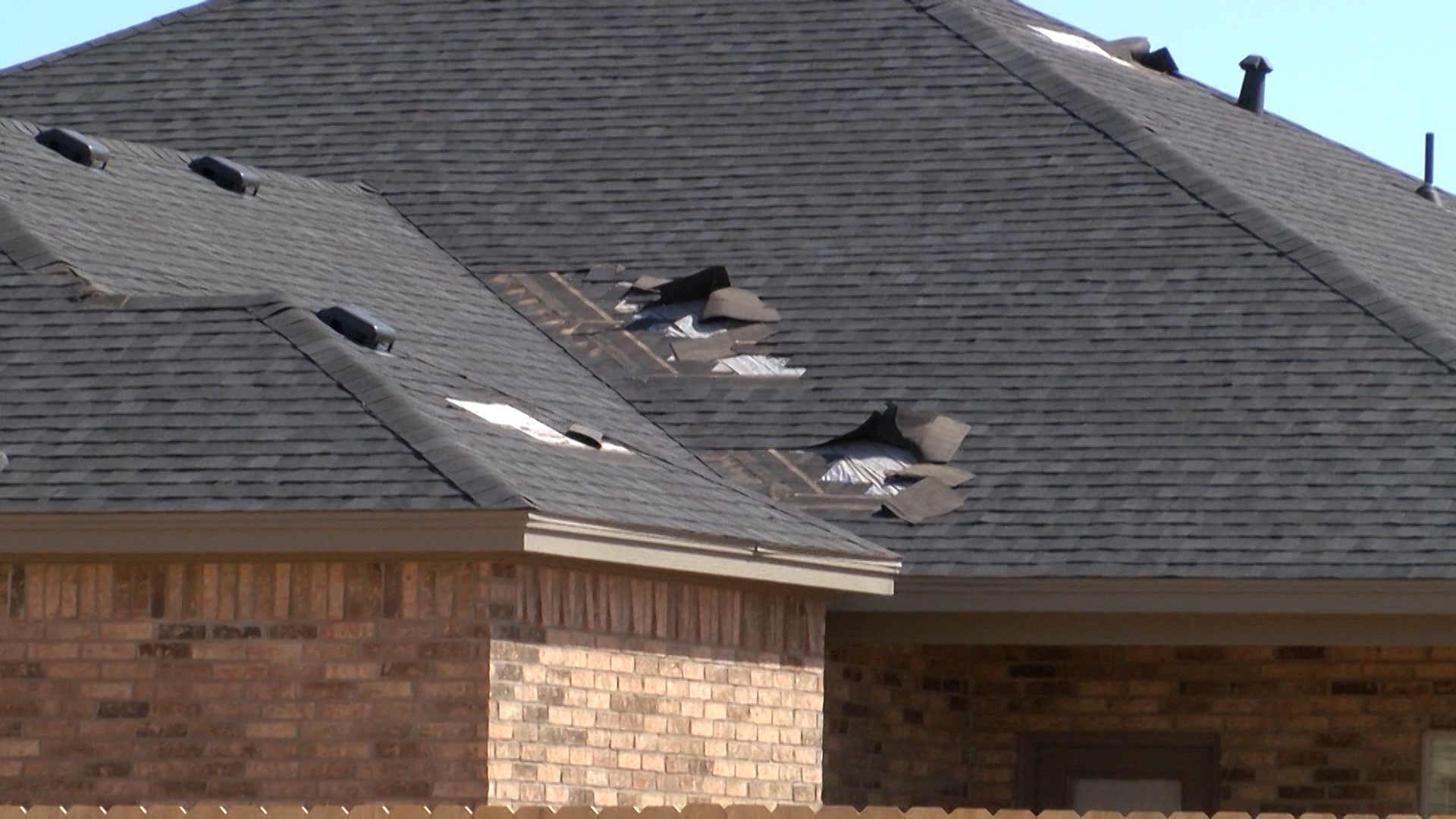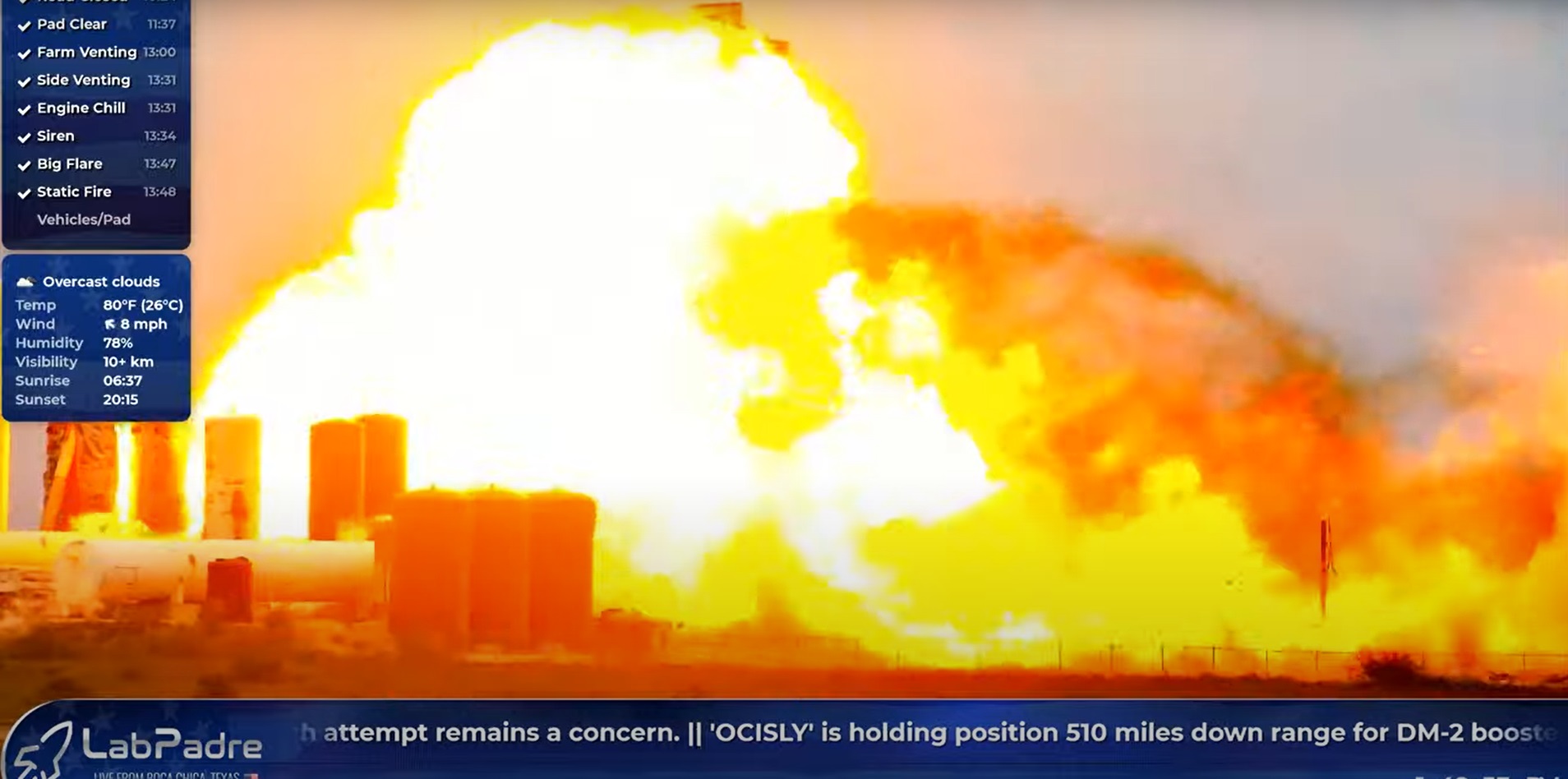McALLEN, Texas (Border Report) — A federal judge in South Texas on Thursday afternoon lifted a temporary restraining order against a project to build a privately-funded border wall on private property next to the Rio Grande.
U.S. District Judge Randy Crane ruled that the federal government — which had sued Fisher Industries on behalf of the International Boundary and Water Commission — failed to show that building the 18-foot-tall bollard fence so close to the river would alter the course of the river and violate a 1970 international water treaty with Mexico.
After four hours of testimony on Thursday in the U.S. District Court Southern District of Texas, Crane lifted a temporary restraining order that since last month has prevented Fisher Sand & Gravel Company from building the galvanized steel fence along 3 miles of the Rio Grande on private property south of the town of Mission.
Crane also lifted a temporary restraining order in another lawsuit filed against Fisher Industries by the North American Butterfly Association on behalf of the National Butterfly Center, which is located a half mile from where the private border wall started going up in mid-November.
Tommy Fisher, president and CEO of Fisher Sand & Gravel, said after the ruling that he will begin flying in his construction crews on Saturday and he expects the first bollards to be put in the ground on Sunday.
Read a Border Report story about the two lawsuits against the private border wall.
“We’re just happy that we can move forward with construction,” Fisher said. “We are building the right thing in this right position.”

Fisher, 49, vowed to “continue to work with the IBWC,” the federal agency tasked with ensuring compliance with the international water treaty.
“We’re an open book. We want all of America to see what border security can be,” Fisher said. “If I didn’t believe in this so strongly I wouldn’t have taken a $40 million gamble on this.”
“We’re just happy that we can move forward with construction.We are building the right thing in this right position.”
Tommy Fisher, president & CEO of Fisher Sand & Gravel Company
Fisher said his crews could start work as soon as Sunday and finish in eight days. This includes the clearing of one mile of additional shoreline to strip it of 7-foot-tall invasive carrizo cane, digging trenches for electrical cables and rebar, and laying the bollards in concrete along the entire section.
In a private tour of the site on Saturday, Fisher told Border Report that he has cement trucks on site to mix and pour the concrete, and had 70 workers at the ready to begin building if he got the green light from the judge.

Crane’s ruling came as a bit of a surprise, as it is not all that common for federal judges to rule directly from the bench. But as soon as the last witness ended, a Fisher engineer, Crane said he “had heard enough” over the course of two recent lengthy hearings. Crane announced the government and the Butterfly Association failed to show the burden of proof required in this case to continue to halt construction.
“The court is ready to rule,” Crane announced to the surprise of most in the courtroom. He said that the plaintiffs failed to show there would be “irreparable injury” if the TRO was lifted. “The court finds based on all of that evidence any potential injury to be highly speculative,” Crane said.
Lawyers for the U.S. Department of Justice, and Javier Pena, a lawyer for the Butterfly Center, had tried to convince the court that building a border wall so close to the international river would cause water to change course and deflect and could be detrimental in a huge flooding event, such as a hurricane.
During testimony, which began Friday and concluded Thursday, witnesses went over detailed 2-D modeling of water velocity and height of this section of the Rio Grande currently, and what it is projected to be with and without a fence if a major flooding event occurred.
During 75 minutes of testimony on Thursday, Fisher repeatedly said he believes his bollard system is superior from current government fences that are going up on the Southwest border to deter illegal immigration, because the slats in between the bollards are spaced 5-inches. This allows for greater water to flow through, and even will allow endangered species like ocelots to pass through unharmed, he told the court. He also said it has greater visibility to the river for Border Patrol agents because it is directly on the shoreline.
Fisher did not address on the stand the fact that his company won a $400 million contract to build 31 miles of border wall in Arizona for the federal government, at their specifications.
He did, however, separate himself from the controversial nonprofit advocacy organization We Build The Wall, saying they are not constructing the fence system, despite their posts on social media.
“If they are on social media saying they are building the wall that’s not correct,” Fisher said on the stand.
He added that We Build The Wall only paid his company $1.5 million, to be a “partner” in the venture, but they no longer are actively involved.
He did leave the door open for future collaboration with the organization, however, and said that he is currently working with a local realtor in South Texas to help get the rights to build on up to 100 more miles of private riverfront property along the Rio Grande.
Fisher said he has leased the riverfront section of this property where he is building. He told Border Report that once the structure is completed he hopes to sell it back to the federal government for their use. He said he will offer the fence to the federal government for $14 million for the strip, or $16.5 million including 10 years maintenance on the property.
















